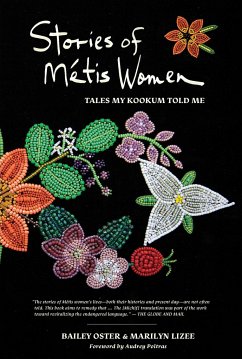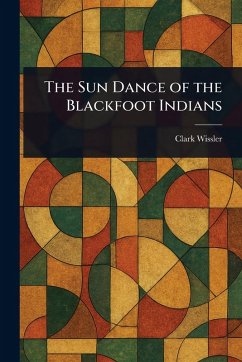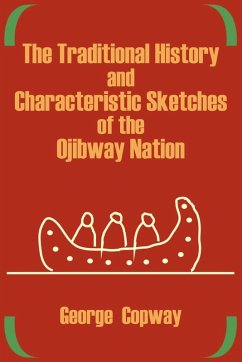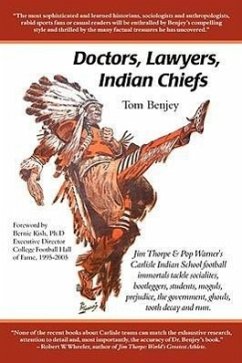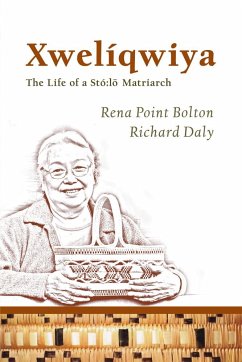
The Sia
Versandkostenfrei!
Versandfertig in über 4 Wochen
20,99 €
inkl. MwSt.
Weitere Ausgaben:

PAYBACK Punkte
10 °P sammeln!
"The Sia," by Matilda Coxe Stevenson, offers a detailed ethnographic study of the Zia Indians of New Mexico. Originally published in 1894, this enduring work provides invaluable insights into Native American culture and the traditions of the Zia people during the late 19th century. Stevenson's meticulous research explores various facets of Zia life, contributing significantly to the fields of anthropology and ethnography. This historical text, carefully prepared for print republication, remains a vital resource for understanding the social structures, customs, and beliefs of this important Nat...
"The Sia," by Matilda Coxe Stevenson, offers a detailed ethnographic study of the Zia Indians of New Mexico. Originally published in 1894, this enduring work provides invaluable insights into Native American culture and the traditions of the Zia people during the late 19th century. Stevenson's meticulous research explores various facets of Zia life, contributing significantly to the fields of anthropology and ethnography. This historical text, carefully prepared for print republication, remains a vital resource for understanding the social structures, customs, and beliefs of this important Native American community. A crucial contribution to the history of North America and Indigenous Studies, "The Sia" preserves a snapshot of a unique cultural heritage. Readers interested in the Zia Indians, Native American history, and anthropological studies will find this work to be an enlightening and informative resource. This work has been selected by scholars as being culturally important, and is part of the knowledge base of civilization as we know it. This work is in the public domain in the United States of America, and possibly other nations. Within the United States, you may freely copy and distribute this work, as no entity (individual or corporate) has a copyright on the body of the work. Scholars believe, and we concur, that this work is important enough to be preserved, reproduced, and made generally available to the public. We appreciate your support of the preservation process, and thank you for being an important part of keeping this knowledge alive and relevant.








